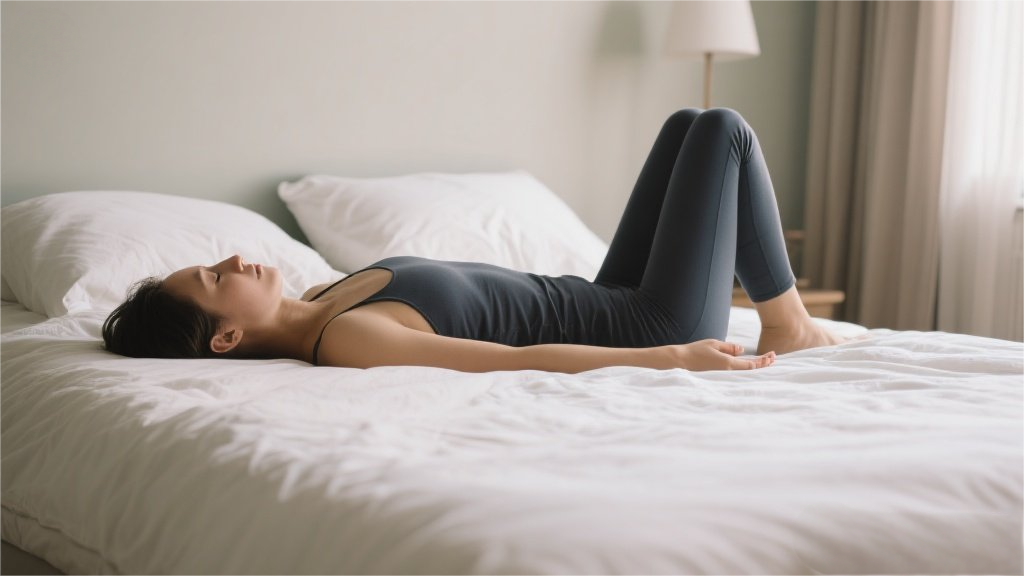If you've ever crawled into bed after a long day only to find your mind racing and your body stiff as a board, you're not alone. That's where Yin yoga comes in—like a lullaby for your muscles and a mute button for your mental chatter. Unlike the Instagram-friendly flows that make you sweat buckets, this slow, meditative practice is all about melting into stillness. And the best part? You can do it right before hitting the sack, no fancy studio required.

Why Yin Yoga Works Like a Sleep Elixir
Picture this: You're holding a pose for several minutes, supported by pillows, while your connective tissues slowly release tension like butter warming in a pan. That's the magic of Yin—it targets the deep fascia rather than just the surface muscles. The extended holds (we're talking 3-5 minutes per pose) trigger your parasympathetic nervous system, flipping the switch from "fight-or-flight" to "rest-and-digest." Translation? Your heart rate slows, cortisol levels drop, and your brain starts drafting its resignation letter from Overthinking Inc. Bonus: Many poses gently compress meridians (energy pathways) linked to organ function, which explains why practitioners often report better digestion and fewer midnight trips to the fridge.
The Bedtime Yin Toolkit
Forget the $120 leggings—Yin is the ultimate minimalist practice. Grab two yoga blocks (or thick books), a firm pillow, and maybe a cozy blanket to avoid turning into a human popsicle. Pro tip from instructor Frantz Hall: "Your props should feel like a hug, not a wrestling match." If a pose feels like medieval torture, stack more support under your knees or back. The goal isn't Instagram-worthy flexibility; it's sustainable comfort. And if you're doing this sequence in bed? Even better—just swap blocks for folded duvets.
Supported Fish: The Anti-Slouch Secret
This pose is like hitting Ctrl+Alt+Del for your hunched-over-from-scrolling posture. By propping your upper back on a block or pillow, you reverse the forward slump of modern life while creating space in your chest—key for deeper breathing. Hall notes it's particularly clutch for side sleepers whose shoulders curl inward like shrimp. For an extra digestive boost, try it after dinner (but before that third slice of pizza). Feeling tension in your inner thighs? Slide those knee pillows closer. If your neck feels cranky, adjust the head block height until your chin tilts slightly down, not back.
Transitioning Like a Yin Pro
Here's where most people mess up: They bolt upright from poses like jack-in-the-boxes, shocking their nervous systems. Instead, channel a sloth exiting a spa day. Engage your core lightly to protect your spine as you slowly bring your knees together. Rolling to one side before sitting up prevents dizziness (nobody wants to stand up seeing stars). Take a full minute in this fetal position—it's your body's way of pressing "save" on all the release work you just did. When you finally crawl under the covers, you'll notice the difference: fewer toss-and-turn episodes, more "wait, did I just teleport to morning?"
Think of this sequence as a nightly handshake agreement with your body: "Hey, we survived another day. Let's decompress together." Whether you do it in pajamas or athleisure, on a mat or a memory foam mattress, consistency is key. After a few weeks, you might find yourself craving these poses like a bedtime story—your personal signal that it's time to power down. And if you fall asleep mid-pose? Congratulations, you've just leveled up to expert mode.
























